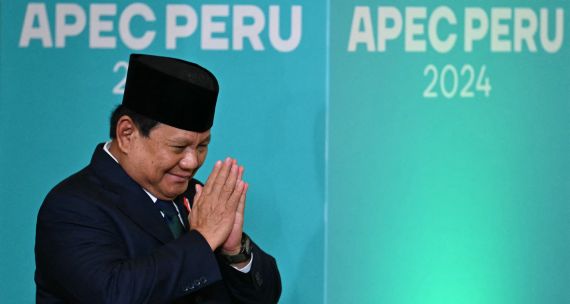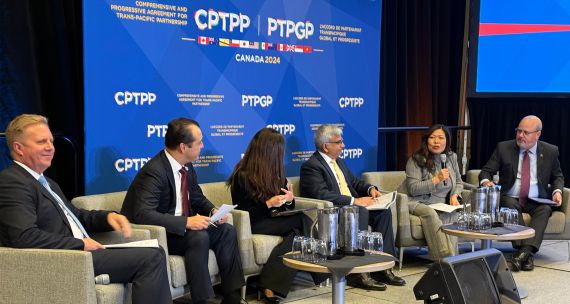The new administration in Washington has caused no small amount of unease and uncertainty for Canada. President Trump’s executive order withdrawing support for the Trans-Pacific Partnership (TPP) and his stated goal of renegotiating NAFTA challenge Canada’s trade-reliant economy. Recent comments by Commerce Secretary Wilbur Ross suggest that forthcoming NAFTA negotiations will involve more than the ‘tweaking’ suggested previously. However, with crisis comes an opportunity to redesign Canada’s trade posture. As the Asia Pacific Foundation of Canada has noted in a series of position papers offering new perspectives on emerging policy issues, Canada is well suited to take advantage of new opportunities for development on trade, technology, entrepreneurship and a range of other issues. Canada should continue to pursue a diversity of trade and investment agreements with Asia that entrench market-based trade and investment principles grounded in the rule of law.
Despite US withdrawal, the TPP still offers an invaluable opportunity to achieve this goal. While the US ratification was once deemed essential, Washington’s withdrawal from TPP need not mean the end of the relationships it supports. The TPP offers Canada an opportunity to expand trade and investment relations with several major economies of the Pacific Rim including Japan. Recalling that Japan remains the world’s third largest economy, with which Canada has not yet concluded a bilateral free trade agreement, TPP offers a powerful regional alternative. The oft-cited Canada-China complementarity study applies to Japan as well, where Canadian exports are in much demand. Australia, New Zealand and Singapore offer similar opportunities. In our own hemisphere, TPP’s inclusion of Mexico offers a potential substitute for NAFTA-based arrangements, while Canada’s existing bilateral trade ties with Chile and Peru could be significantly enhanced. TPP continues to present important opportunities for Canada and should not be discarded.
Diversification of Canada’s trade relations should not mean excluding China, whose economic importance to Canada simply cannot be ignored. Pursuing alternative markets in China has been complicated by the downturn in China’s economy coupled with continued weakening of the rule of law. Nonetheless, exploratory talks with China on a possible Free Trade Agreement offer potential promise if principles on rule of law and human rights are respected. However, China will need to ensure that its trade practices become more consistent in practice with the rules of the General Agreement on Tariffs and Trade (GATT) and the World Trade Organization (WTO). The TPP excluded China due in part to concerns that it was unable or unwilling to adopt and enforce the trade liberalization policies required by the TPP. Dumping and subsidies are particular areas of concern, but intellectual property protection, cyber security, and reciprocity in investment relations are also critical. Concurrently with Canada-China free trade talks, trade ties with China can be pursued through a multilateral framework. Participation in the Regional Comprehensive Partnership (RCEP) once it is concluded, might allow Canada broader access to both China and other Asian economies.
In responding to changing conditions in the US, Canada should do more than simply find a single substitute market, but rather should make a strategic commitment to diversifying our exports and our export markets. Bearing in mind that trade and investment relations have the potential to strengthen human rights practices, Canada should actively pursue a diversity of multilateral economic relations with Asia and elsewhere. The government of Canada should intensify efforts to conclude free trade agreements with India and Japan as well as China. Expanding trade and investment links with India and the Association of Southeast Asian Nations (ASEAN) will also be important – technology cooperation with India’s surging hi-tech industry should intensify while the recent opening of Canada’s dedicated diplomatic mission to ASEAN should be leveraged to created trade and investment opportunities with important economies such as Indonesia and Singapore. Here at home, the federal government’s infrastructure investment plans should focus specifically on diversifying Canada’s exports - aside from resource development and transport, investment in telecommunications, clean energy, and bio-tech infrastructure would be well worth the effort. Canada’s response to rising protectionism in the US should not attempt to replicate past US-Canada successes but with a different partner, but rather should find opportunity in diversity – at home and abroad.



